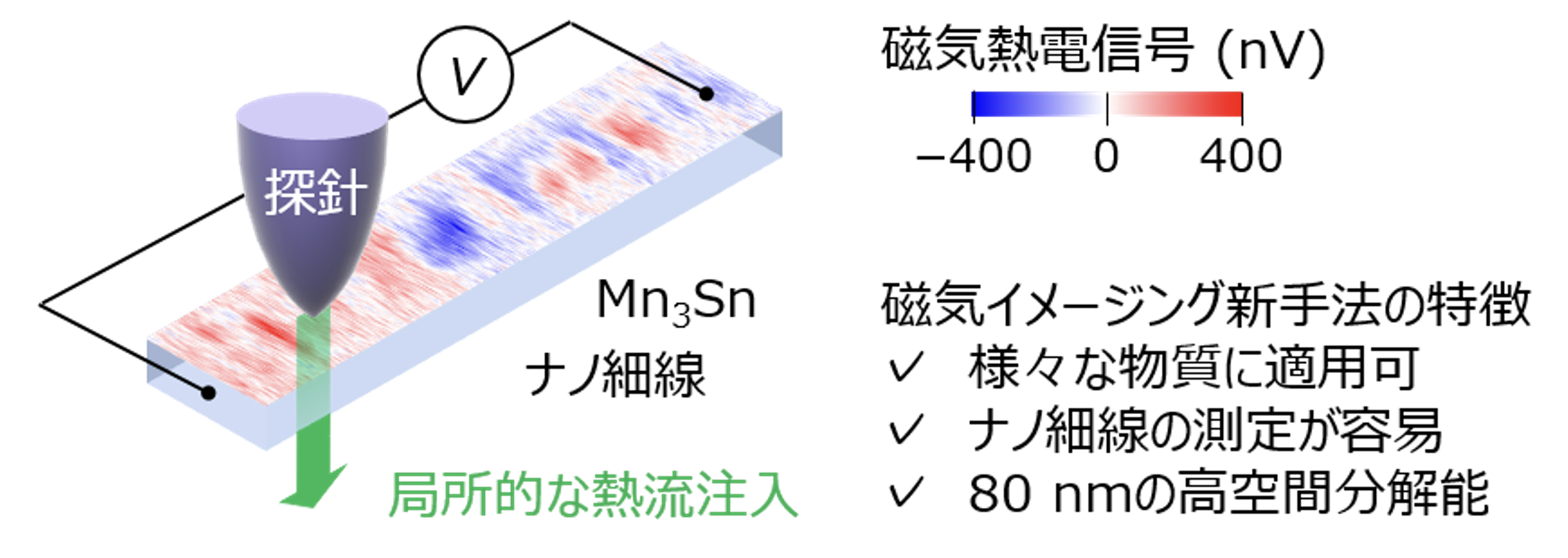2024-05-22 ワシントン大学セントルイス校
<関連情報>
- https://source.wustl.edu/2024/05/helping-qubits-stay-in-sync/
- https://journals.aps.org/prl/abstract/10.1103/PhysRevLett.132.200401
量子ビットの同期を支援するオープン量子システムダイナミクスの非マルコフ型からマルコフ型への遷移のエンタングルメント支援プローブ Entanglement Assisted Probe of the Non-Markovian to Markovian Transition in Open Quantum System Dynamics
Chandrashekhar Gaikwad, Daria Kowsari, Carson Brame, Xingrui Song, Haimeng Zhang, Martina Esposito, Arpit Ranadive, Giulio Cappelli, Nicolas Roch, Eli M. Levenson-Falk, and Kater W. Murch
Physical Review Letters Published 13 May 2024
DOI:https://doi.org/10.1103/PhysRevLett.132.200401
ABSTRACT
We utilize a superconducting qubit processor to experimentally probe non-Markovian dynamics of an entangled qubit pair. We prepare an entangled state between two qubits and monitor the evolution of entanglement over time as one of the qubits interacts with a small quantum environment consisting of an auxiliary transmon qubit coupled to its readout cavity. We observe the collapse and revival of the entanglement as a signature of quantum memory effects in the environment. We then engineer the non-Markovianity of the environment by populating its readout cavity with thermal photons to show a transition from non-Markovian to Markovian dynamics, ultimately reaching a regime where the quantum Zeno effect creates a decoherence-free subspace that effectively stabilizes the entanglement between the qubits.



